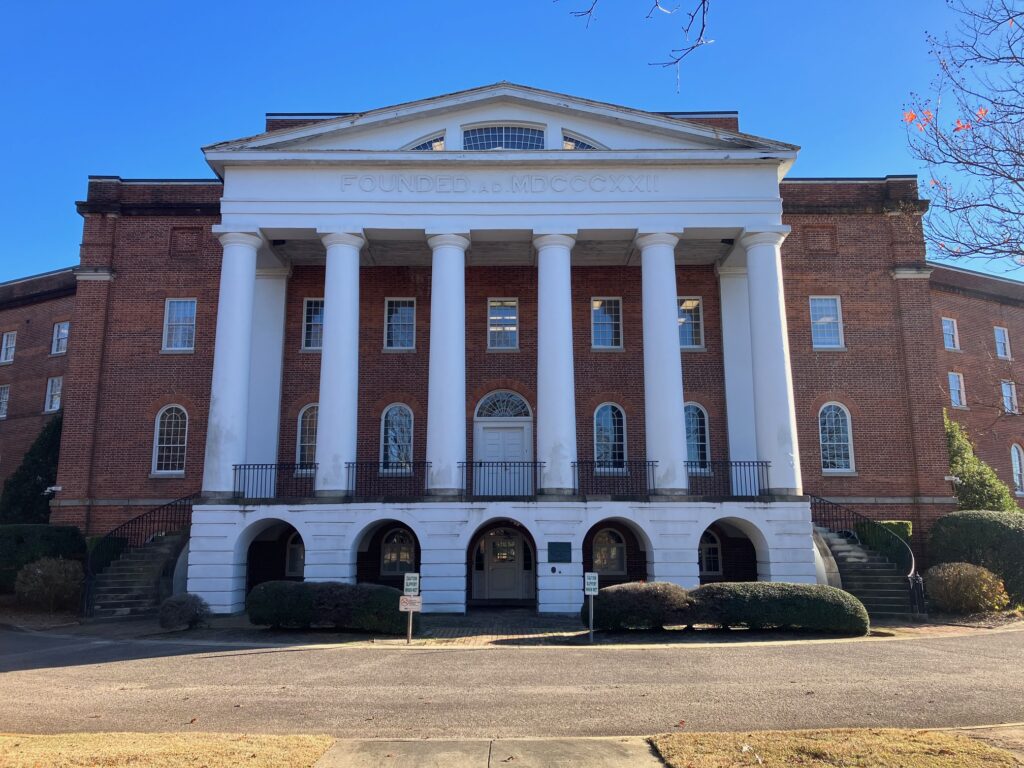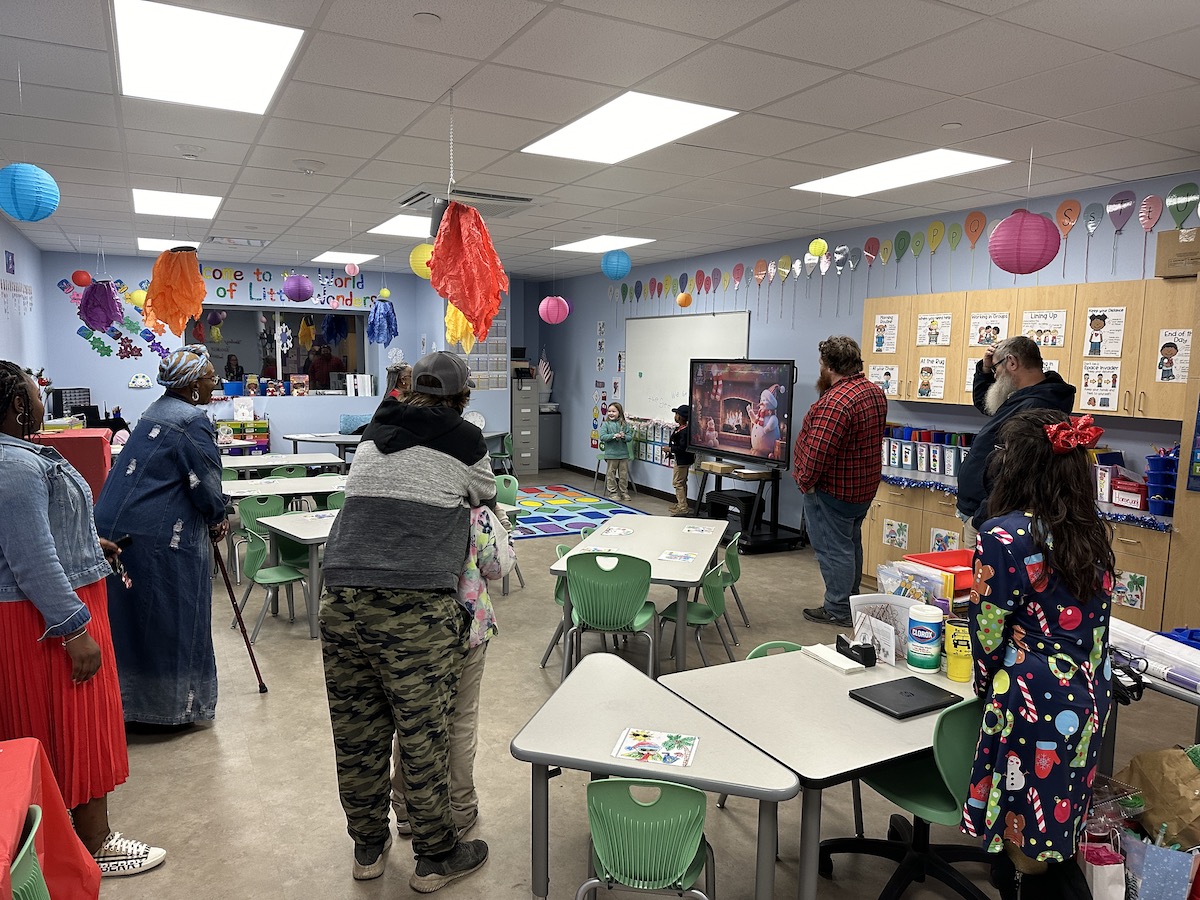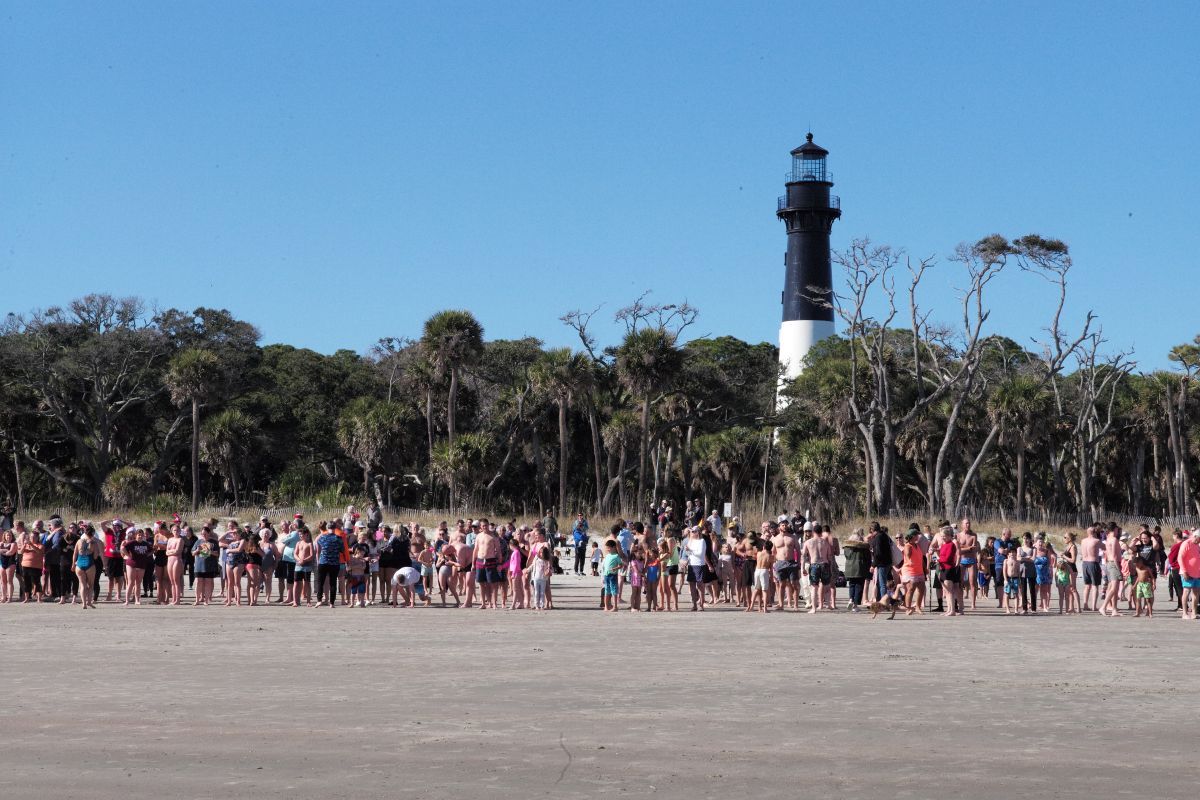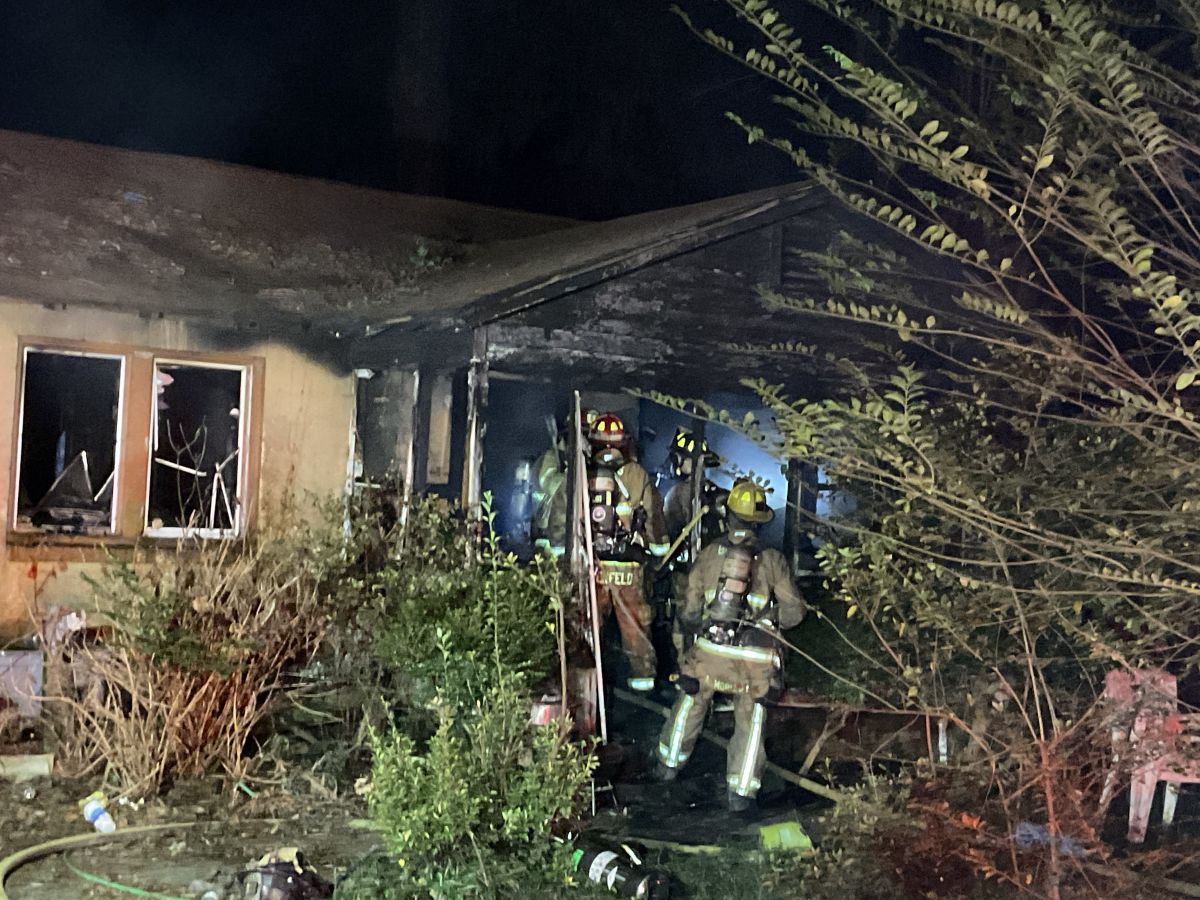What history tells us about the difficulties of selling massive state-owned properties, whether the public benefits
By Abraham Kenmore and Seanna Adcox
COLUMBIA — Within the year, South Carolina could put four — maybe five — massive, state-owned office buildings along a one-mile corridor of Columbia on the market.
Selling the properties would follow the planned move of thousands of agency employees to newer, leased office space miles away. Gov. Henry McMaster has publicly supported the idea, saying selling the old, tax-exempt properties will put them “back on the tax rolls and contributing to our economy.”
That could be far easier said than done, as his predecessors found out.
While South Carolina regularly sells off surplus property, it is rare — and sometimes challenging — for the state to unload a major building.
‘Money pits’
A prime example is the six-decade-old office tower that houses the state Department of Education. Eight years ago, then-Gov. Nikki Haley dubbed the 150,000-square-foot building two blocks from the Statehouse one of the state’s worst “money pits” that must be sold.
It looks like the state finally has a buyer — though not remotely at the money-saving price to taxpayers Haley suggested.
On Tuesday, the University of South Carolina’s governing board approved purchasing the property for $2.2 million. That’s several times less than the cost of a single-year lease at the agency’s new home, as per a $133 million, 20-year contract signed last year. And making it part of USC’s extended campus will keep the property tax-exempt. The state’s fiscal oversight board, chaired by McMaster, must still officially sign off on USC’s offer. But that’s not expected to be a problem.
Last month, a legislative panel approved a separate, $496 million deal on a 20-year lease to move employees from four agencies along the Bull Street corridor to two campuses outside downtown. A $104 million portion of that deal has since fallen through. So, the state is looking for a replacement lease arrangement.
But a move somewhere this summer is still expected. That would empty out two buildings that now house the state Department of Health and Environmental Control (DHEC), one occupied by the Department of Disabilities and Special Needs, and one housing the Department of Mental Health. The state is also looking for somewhere to move employees at the state Department of Social Services, which would empty out a fifth building.
Just maintaining the two DHEC buildings costs the state $1.4 million this year, up from $1 million two years ago, according to Brooke Bailey, communications director for the Cabinet agency that serves as a clearinghouse for all state property. Still, leasing the agencies’ new home is expected to cost taxpayers hundreds of millions more over 20 years than simply maintaining the state-owned properties, also according to the Department of Administration.
That means a sale price would need to be substantial for taxpayers to recoup the difference.
How soon the Bull Street properties would go on market is unclear.
“It doesn’t happen often,” said David Lockwood, a Columbia realtor and chief operating officer for Colliers International South Carolina, about the state selling properties of that scale.
Lockwood, who also serves as the president of the Society of Industrial and Office REALTORS, said the process the state uses to sell off property can make disposing of large properties more challenging.
Usually when the sale of surplus property is approved, the state Department of Administration invites bids, Bailey said. If none of the bids are acceptable, the property gets listed with a broker, but the price is not published. The agency has never sold a property through auction, a third option.
Normally, redevelopment of an existing property reduces developers’ financial risk. But the state’s sealed-bid process takes away their competitive advantage, Lockwood said.
Transforming an asylum
The Bull Street properties, however, do have marketable advantages over the education building. For starters, they’re in an area that’s been undergoing a transformation for the last 20 years.
The oldest, at 2100 Bull Street, is a historic building designed by renowned South Carolina architect Robert Mills and listed on the National Register of Historic Places — though much of the history isn’t pleasant. It opened in 1828 as the S.C. Lunatic Asylum, among the nation’s first state-funded asylums for the mentally ill. By the early 1900s, conditions at the S.C. State Hospital for the Insane, as it was called then, were deplorable, with more than 30% of patients dying annually.
The last patients were seen at 2100 Bull Street in 1975. The state Department of Health and Environmental Control moved in 13 years later.
Then in 2004, lawmakers, at the urging of then-Gov. Mark Sanford, approved selling the hospital’s main campus. A sale, at $15 million, took seven years. And to really jumpstart development, it took a $30 million taxpayer-funded investment from the city of Columbia (for a minor league baseball stadium) three years after that.
But the 181-acre BullStreet District, as it’s called, now features a mix of recreation, restaurants, shopping, and homes — including a 138-year-old part of the mental hospital, known as the Babcock Building, turned into apartments. The Bull Street corridor will also be home to the University of South Carolina’s new medical campus.
Any potential buyers for the state-owned buildings adjacent to the district will have to determine what to do with them. Financing for office buildings is difficult at the moment, according to Macon Lovelace, founding partner with Trinity Partners real estate in Columbia.
Buyers interested in turning them into retail space or apartments would need to evaluate those projects against others already under construction along the corridor. But the medical campus, scheduled for completion in 2027, also could bring new opportunities for biotech and research spaces, Lovelace said.
“It’s a huge opportunity, but how do you determine what’s going to be there and what the market will be?” he said. “It’s kind of wide open, in my opinion.”
One benefit of the former asylum building is that the historical significance could allow for tax credits to help fund its redevelopment, potentially into high-end apartments with some retail, he said.
The other buildings further up the Bull Street corridor come with more land, providing a range of opportunities for whoever wants to develop the property, including demolishing the existing buildings and starting over, Lovelace said.
Both Lockwood and Lovelace agreed the Bull Street properties lack some of the education tower’s complications — such as an unclear timeline of when employees would vacate the premises.
As for other state properties deemed surplus, the number sold varies yearly, though they’re generally smaller or less developed. So far this year, 11 parcels have sold for $8.4 million collectively, as of November, according to the state Department of Administration.
The highest-dollar single sale was 1.2 acres of waterfront owned by the Medical University of South Carolina in Charleston, which went for $3.5 million.
As for the Bull Street properties, Lockwood said they may sit empty for a while even if they do sell more quickly.
“It’s a very long, complicated, very detailed, time consuming and expensive process,” he said. “It takes years to put together something like that.”
Abraham Kenmore is a reporter covering elections, health care and more. He joins the SC Daily Gazette from The Augusta Chronicle, where he reported on Georgia legislators, military and housing issues.
Seanna Adcox is a South Carolina native with three decades of reporting experience. She joined States Newsroom in September 2023 after covering the S.C. Legislature and state politics for 18 years. Her previous employers include The Post and Courier and The Associated Press.
Sold by SC
State-owned property sold in 2023 (as of mid-November):
- Sold Feb. 6: 4.3 acres in Charleston County for $500,000
- Sold March 29: 10 acres in Beaufort County for $1.5 million
- Sold April 4: 2 acres and a building in Charleston for $1.3 million
- Sold May 22: 3.4 acres in Charleston County for $884,625
- Sold May 22: 1.1 acres Charleston County for $279,300
- Sold July 10: 0.8 acres and a building in Laurens County for $115,000
- Sold July 26: 0.6 acres and a building in Florence County for $23,250
- Sold Aug. 2: 0.8 acres and a building in Charleston County for $180,000
- Sold Aug. 10: 8.6 acres in Georgetown County for Georgetown $25,000
- Sold Aug. 24: 0.6 acres and a building in Florence County for $35,000
- Sold Oct. 31: 1.2 acres in Charleston County for $3.5 million
Source: S.C. Department of Administration








